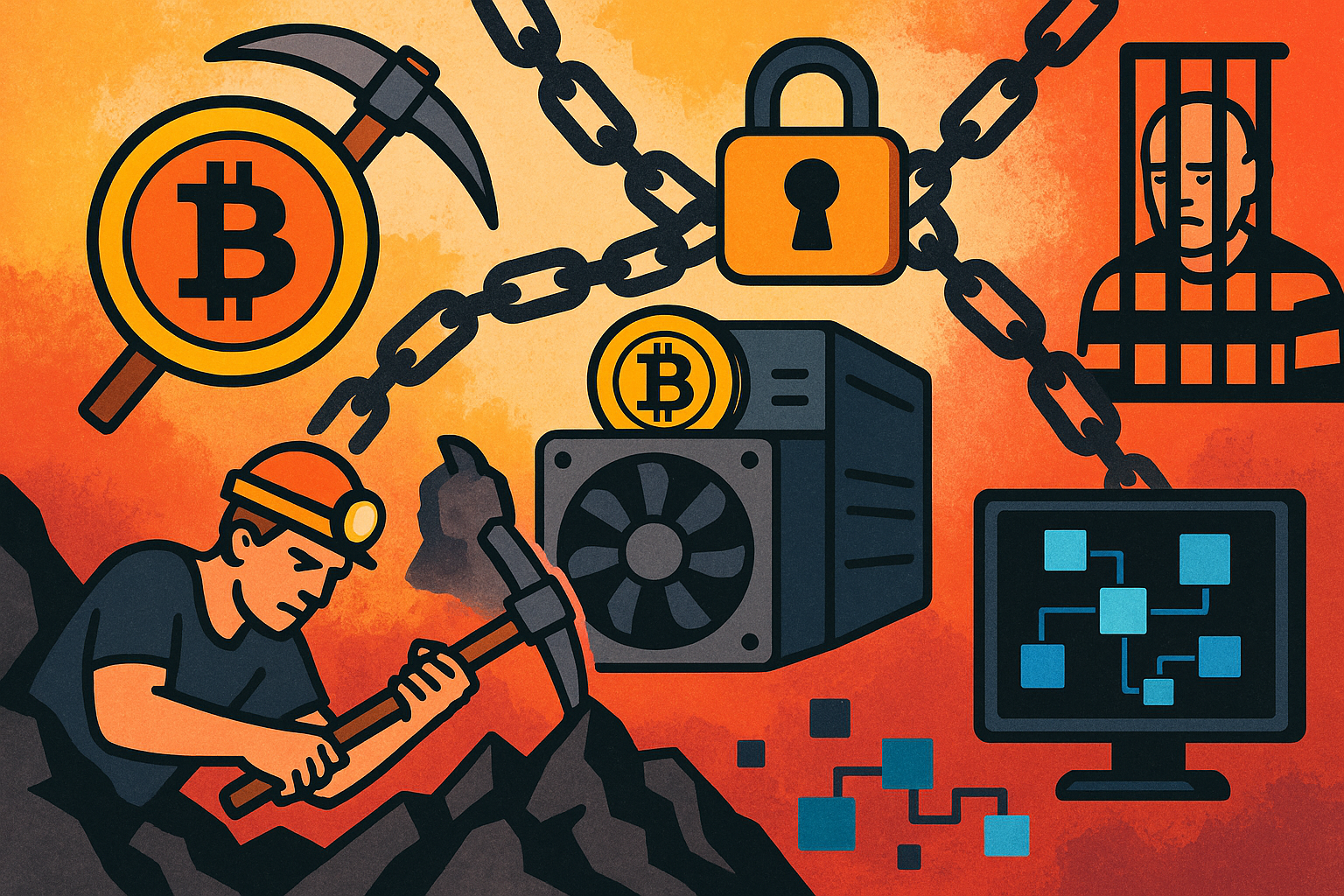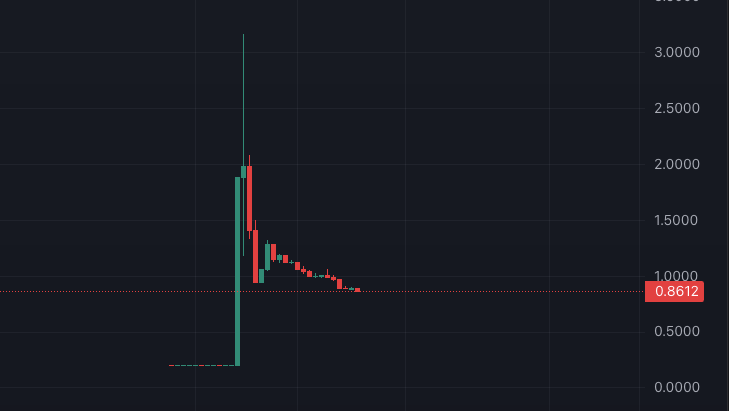
Preventing front-running attacks
Front-running is a huge issue in decentralized finance (DeFi), where transactions are executed on transparent blockchains. While the term has roots in traditional finance, its implementation in cryptocurrency is uniquely shaped by the technology underpinning blockchain systems. Let’s see how front-running occurs in crypto, how it differs from traditional markets, and ways to mitigate it effectively.
What Is Front-Running in Crypto?
Front-running in cryptocurrency refers to manipulating transaction ordering for a financial advantage. On blockchains like Ethereum, transactions are processed based on the fees (or “gas“) a user is willing to pay. The higher the gas fee, the faster the transaction gets prioritized by miners or validators.
This mechanism has given rise to a new breed of front-runners, bots and sophisticated users who watch the mempool (a queue of pending transactions) for lucrative opportunities. Once a profitable trade is found, like a large buy order that could cause a jump in price, front-runners can place their transaction first by bidding higher gas fees. This allows them to buy the assets at a much lower price and then sell them immediately after the large order executes. The front-runner then pockets the difference at the expense of the original trader.
This simply means that the original trader bought the cryptocurrency at a a higher price, since the front-runner inflated the price before the original trader’s order was executed.
Example of Front-Running
Trader A, a normal trader, places an order on the Ethereum blockchain to buy $5,000 USDT worth of a random meme coin. A bot that is monitoring the mempool spots this order. The bot quickly submits its own order with a higher gas fee, making sure its transaction gets prioritized ahead of Trader A’s.
This bot’s order isn’t small, though. It places a hefty $50,000 USDT buy order for the same meme coin, deliberately inflating the coin’s price. By the time Trader A’s transaction is processed, the bot’s order has driven the price up significantly. If Trader A has set a high slippage tolerance (a common necessity when trading high-volume or highly volatile coins) his purchase goes through at this artificially inflated price.
Immediately after Trader A’s transaction is finalized, the bot dumps its holdings by selling the coins it bought earlier. The bot profits from the price difference created by Trader A’s buy, effectively pocketing the liquidity that Trader A contributed.
This not only leaves Trader A with overpriced coins but also disrupts the market for everyone else holding that particular token. Bots repeat this process over and over, stifling price movement and creating a challenging environment for genuine traders.
How Does Front-Running Differ in Traditional Finance?
In traditional finance (stock market), front-running typically involves insider knowledge. Brokers or individuals with access to confidential market information use this advantage to place trades before their clients or the broader market reacts. For example, a broker may execute their own trade ahead of a large order from a client that they know will shift the market price. Or someone may have knowledge of news that is coming out about a particular stock. They can “front-run” the news.
The key difference lies in transparency. In cryptocurrency, blockchains operate on public ledgers, meaning all pending transactions in the mempool are visible to anyone, creating opportunities for front-running without requiring insider access. In contrast, traditional finance relies on non-public information, often resulting in ethical or legal concerns related to insider trading.
Types of Front-Running
Front-running in crypto happens in several ways on decentralized platforms:
Displacement Attacks: A front-runner submits a competing transaction with higher gas fees, displacing the original transaction in the processing queue. The displaced transaction may still execute but loses its intended advantage.
Insertion Attacks: Often referred to as “sandwich attacks.” These attacks involve placing a transaction before another after a target transaction to profit from the price changes triggered by the target.
Suppression Attacks: The attacker deliberately delays a transaction, ensuring it executes after their own, reducing the effectiveness of the original trade.
Can JITO Bundles Mitigate Front-Running on Chains Like Solana?
One potential solution to front-running is bundling. This is a technique aimed at improving transaction privacy and sequencing. While Ethereum relies on gas wars to prioritize transactions, Solana’s high throughput and unique architecture offer opportunities for innovation. JITO Bundles could group transactions together in a way that prevents individual trades from being singled out, effectively reducing visibility to would-be front-runners.
Other Ways the Crypto Industry is Fighting Back
Mitigation strategies aim to address the transparency and sequencing issues that enable front-running:
Transaction Sequencing: Protocols like Bitcoin Cash’s Canonical Transaction Ordering Rule ensure transactions are processed sequentially, minimizing opportunities for manipulation.
Confidential Transactions: Enhancing transaction privacy, such as through encrypted mempool designs or zero-knowledge proofs, can obscure sensitive details until after execution.
MEV-Protected DEXs: Some decentralized exchanges (DEXs) are designed to prevent MEV bots (Miner Extractable Value) exploitation by using auction-based or randomized sequencing methods.
Off-Chain Order Books: Hybrid exchanges that manage order books off-chain can limit public visibility of pending trades, reducing front-running risks.
Two Steps for Prevention
We can’t stop front-running completely when trading crypto, yet, but here are 2 things you can do:
Watch your slippage percentage. Slippage is basically how much the price can fluctuate before your order is processed. You will definitely have bots front-run your transaction if you set your slippage too high. Unfortunately, your order may not go through without raising your slippage higher during high volume times.
Make smaller buys. Split your orders into smaller buys, instead of making one large buy. A bot is more likely to sandwich attack a $1000 buy over a smaller $100 buy. The amount you choose depends on how much liquidity and volume a coin has. Anything that moves the price significantly will attract bots.
As blockchain technology evolves, so will the strategies to combat front-running. Whether through advancements like Jito Bundles on Solana or broader adoption of privacy focused protocols, the future of DeFi depends on balancing innovation with user protection.
S Taylor is a crypto trader with five years of experience, having navigated a wide range of market dynamics and witnessed numerous scams firsthand. As a former victim of scams, S Taylor turned their focus to blockchain forensics and Solidity Smart Contract development, gaining deep technical expertise in the field. With a unique insider’s perspective, they’ve been involved in various crypto projects, where they’ve seen how developers can exploit vulnerable investors.
S Taylor is also the published author of Meme Coins Made Easy, a comprehensive guide that teaches beginners about cryptocurrency and how to identify and avoid common scams. S Taylor is dedicated to sharing valuable insights and helping the crypto community stay informed and safe.
Disclaimer: This article is for informational purposes only and should not be considered legal, tax, investment, or financial advice.







1 thought on “Front-Running Explained: Transaction Exploits and Prevention”
Comments are closed.